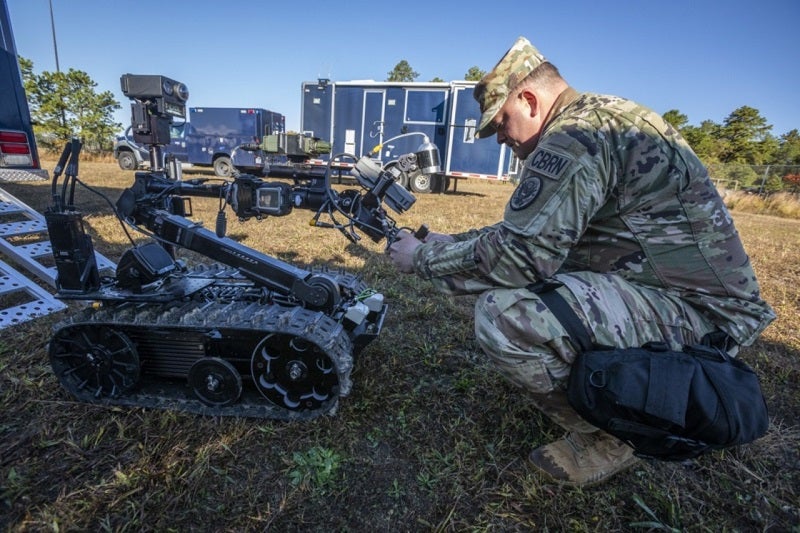
US Department of Defense (DoD) officials have warned that the threat posed by the use and proliferation of weapons of mass destruction (WMD) is on the rise.
Homeland Defense and Global Security (HD&GS) principal deputy assistant secretary of defence Theresa Whelan told a House Armed Services Committee panel that the WMD capabilities being pursued by China, Russia, North Korea, Iran and violent extremist organisations could threaten the US or its interests.
Whelan said: “[The] WMD threat landscape is continuously changing. Rapid biotechnology advances are increasing the potential, variety and ease of access to biological weapons.”
In order to counter WMD, the DoD aims to use the National Defense Strategy’s three lines of effort.
One of the primary objectives is to ensure lethality by making sure that the forces in the country can operate in an environment that is contaminated by chemical, biological, radiological and nuclear weapons.
National Defense Strategy’s other objective is to ensure the best return on investment.
How well do you really know your competitors?
Access the most comprehensive Company Profiles on the market, powered by GlobalData. Save hours of research. Gain competitive edge.

Thank you!
Your download email will arrive shortly
Not ready to buy yet? Download a free sample
We are confident about the unique quality of our Company Profiles. However, we want you to make the most beneficial decision for your business, so we offer a free sample that you can download by submitting the below form
By GlobalDataPrior to the signing of the charter, the Countering Weapons of Mass Destruction Unity of Effort Council started working with US Indo-Pacific Command to review readiness requirements and keep it prepared.
The National Defense Strategy’s third line of effort is that a core tenet of many of the council’s programmes is strengthening alliances and increasing partnerships.
At a hearing of the subcommittee on intelligence and emerging threats and capabilities, Whelan further added: “This reduces the burden on DoD resources, allows for greater interoperability and reduces WMD threats worldwide.
“The DoD CWMD enterprise’s agility and expertise will enable us to address the existing and emerging WMD threats of 2020 and beyond.”
The National Defense Strategy’s effort primarily focuses on maintaining the viability and modernisation of the nuclear triad, which refers to land-based intercontinental ballistic missiles, submarine-launched ballistic missiles and strategic aerial bombers, as an effective deterrent.
Defense Threat Reduction Agency director Vayl Oxford said that the US needs to adopt partnerships globally and a perspective to completely identify the global threat networks associated with China, Russia, Iran and North Korea.







